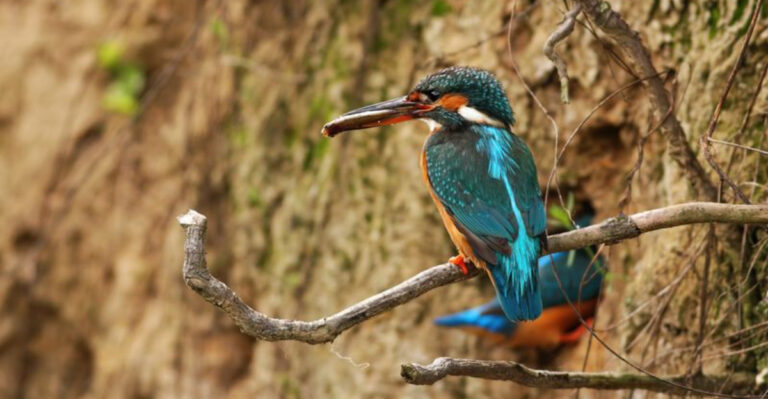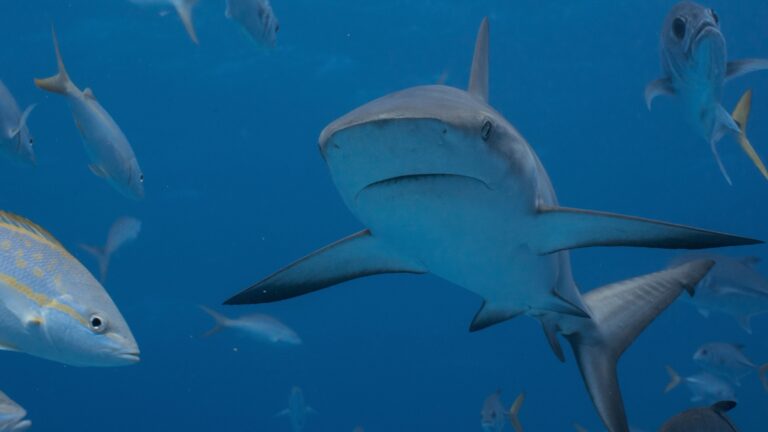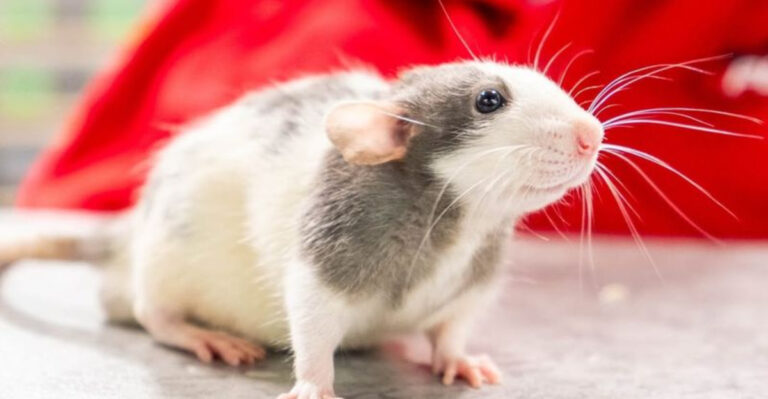Do Fish Sleep? Here’s What Scientists Have Learned So Far
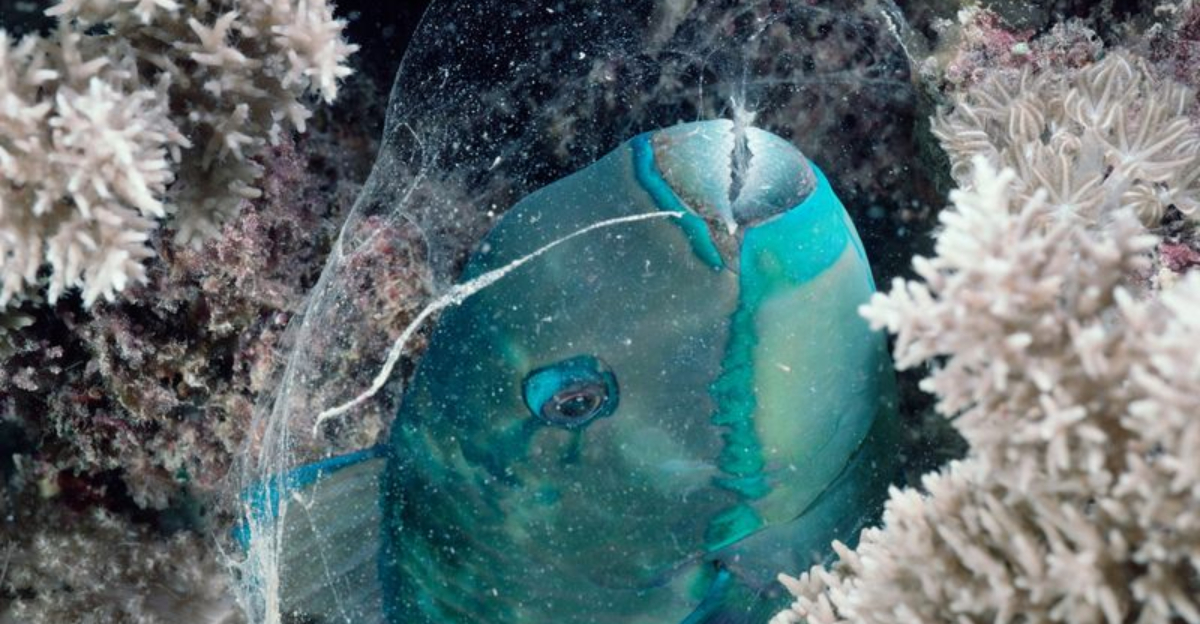
Have you ever wondered if fish sleep? It seems like a simple question, but the answer is surprisingly complex.
Scientists have been studying fish sleep patterns for years, uncovering fascinating insights about how these underwater creatures rest. Let’s find out what researchers have discovered about how our finned friends take their downtime.
1. Constant Vigilance

Unlike us, fish must remain somewhat alert even while resting. Their gills need to keep moving to extract oxygen from water, and many species must stay aware of predators.
Some fish float in place, while others wedge themselves into rocks or coral. This constant partial awareness makes fish sleep fundamentally different from mammalian sleep.
2. Surface Floating Behavior

Some fish species exhibit a curious resting behavior where they float near the water’s surface. Bettas are famous for this habit, often alarming new pet owners who mistake them for dead fish!
During this surface floating, the fish remain motionless except for slight fin movements to maintain position. Their breathing slows dramatically, conserving energy while still staying vigilant.
3. Nocturnal Vs. Diurnal Rest Patterns

Just like land animals, fish follow either daytime or nighttime activity cycles. Diurnal species like damselfish are active during daylight hours and rest at night.
Nocturnal fish like catfish do the opposite, becoming active after dark and finding hiding spots to rest during the day. These patterns evolved as survival adaptations, helping fish avoid predators during their vulnerable resting periods.
4. Different Definition Of Sleep
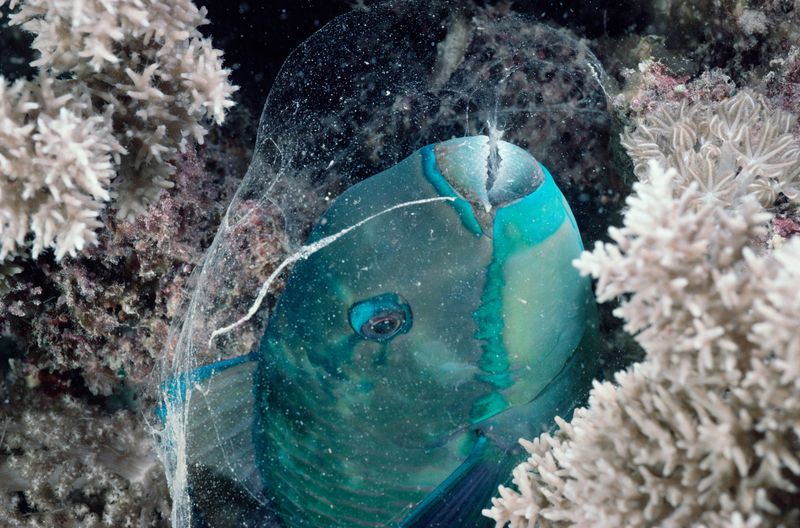
Fish don’t sleep like humans do. Instead of closing their eyes (most don’t have eyelids!), fish enter a state of rest where they become less active and more still.
Their metabolism slows down and they find quiet spots to hover or hide. Scientists call this state “suspended animation” rather than true sleep.
5. Brain Wave Changes

Scientific studies using electroencephalograms (EEGs) have shown that some fish species experience brain wave changes during rest periods similar to those seen in sleeping mammals.
Zebrafish, popular in research, show decreased brain activity during rest. Their neurons fire less frequently, suggesting a sleep-like state exists in these tiny swimmers, providing evidence that fish rest isn’t just physical but neurological too.
6. Creative Sleeping Spots

Fish have evolved remarkable resting strategies. Parrotfish create protective mucus cocoons around themselves at night, like sleeping in a bubble!
Some wrasse species bury themselves in sand, while certain shark species must keep swimming even while sleeping to push water through their gills. Reef fish often squeeze into tight crevices where predators can’t reach them during vulnerable rest periods.
7. Sleep Deprivation Effects
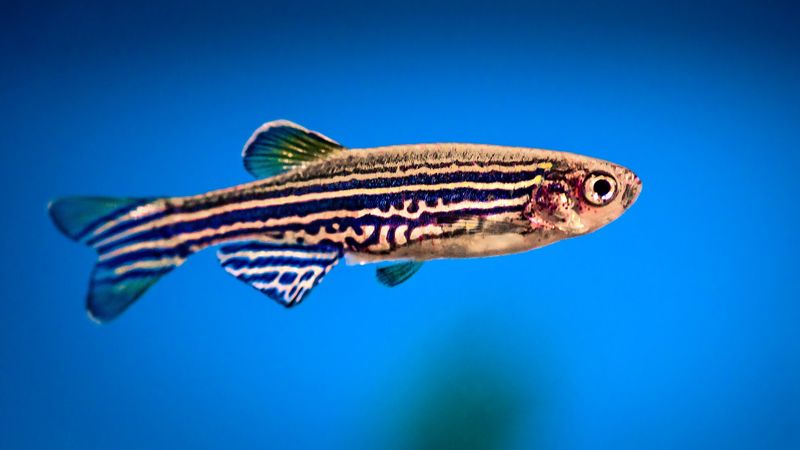
Research shows fish need their rest just like we do. When zebrafish are kept awake artificially, they show rebound sleep the following day, sleeping longer and more deeply to compensate.
Sleep-deprived fish also display cognitive issues and slower reaction times. These findings suggest that whatever form fish sleep takes, it serves important biological functions for their health and survival.
8. Sharks’ Unique Half-Brain Sleep

Sharks have evolved an extraordinary sleeping technique called unihemispheric sleep. One half of their brain remains alert while the other half rests, then they switch.
This adaptation allows them to maintain the constant swimming motion needed for breathing while still getting necessary rest. Dolphins and whales use similar techniques, showing how different aquatic animals have solved the sleeping-while-swimming challenge.
9. Dreaming Remains A Mystery

Scientists still don’t know if fish dream during their rest periods. While mammals and birds show REM sleep associated with dreaming, fish brain patterns during rest are different.
Some researchers have observed twitching movements in sleeping fish that resemble the muscle jerks mammals experience during dreams. However, without the ability to ask fish what they experience, whether they have dream-like states remains one of ichthyology’s unanswered questions.
10. Environmental Influences

Water conditions dramatically affect fish sleep patterns. Changes in temperature, oxygen levels, and light exposure can all alter when and how fish rest.
Aquarium owners often notice their fish become more active or lethargic with tank condition changes. In the wild, seasonal variations trigger different sleep behaviors, with many species resting more during winter months when metabolism naturally slows.
11. Evolution Of Sleep

Fish represent some of the earliest vertebrates to develop sleep-like states, giving scientists clues about sleep evolution. The fact that fish rest suggests sleep emerged over 450 million years ago!
Studying primitive fish helps researchers understand how sleep developed and why it became essential for survival. This ancient origin indicates sleep serves fundamental biological purposes that evolved before mammals or even land animals existed.
12. Practical Applications

Understanding fish sleep has real-world benefits. Fish farmers use this knowledge to create optimal resting environments that reduce stress and improve growth rates.
Medical researchers study fish sleep to develop treatments for human sleep disorders. The zebrafish, with its transparent body and similar sleep neurotransmitters to humans, has become a valuable model for sleep research that might someday help people with insomnia.


